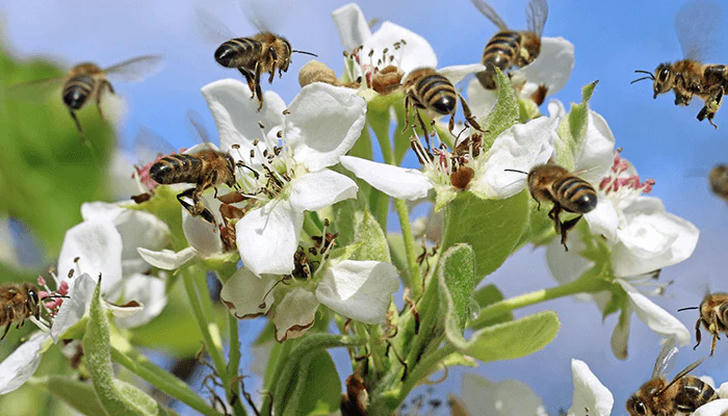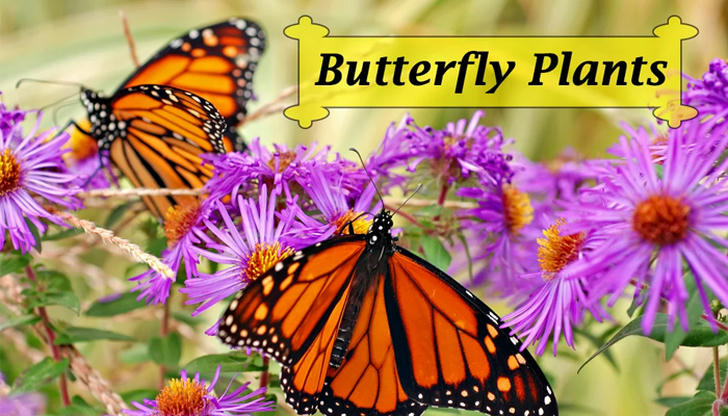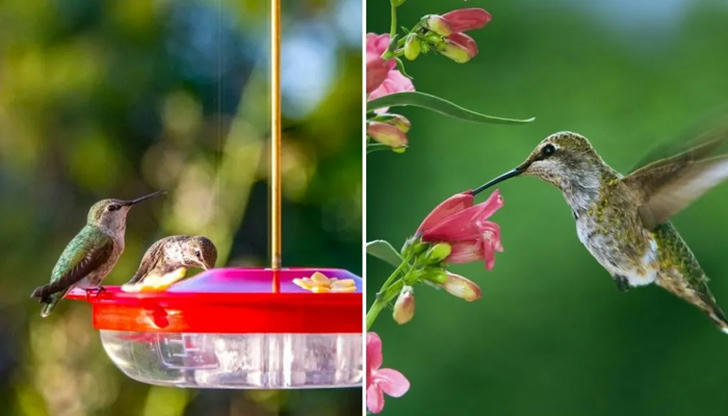Attracting Pollinators to Your Garden: Creating a Haven for Bees, Butterflies, and More

Pollinators, including bees, butterflies, hummingbirds, and many other creatures, play a crucial role in the health and productivity of your garden. Not only do they help fertilize plants by transferring pollen, but they also support biodiversity, contribute to the growth of fruits and seeds, and enhance the beauty of your outdoor space. In this article, we'll explore the importance of pollinators, how to attract them to your garden, and how to create a sanctuary that benefits both your plants and local wildlife.
1. Understanding Pollinators
A. What Are Pollinators?
Pollinators are creatures that help fertilize plants by transferring pollen from one flower to another. This process enables plants to produce fruits, seeds, and new plants. Common pollinators include bees, butterflies, moths, beetles, birds, and bats. Each type of pollinator has its own set of preferences for specific plants, flowers, and habitats, making them essential for the growth and reproduction of many plant species.
B. Why Pollinators Are Vital for Your Garden
Without pollinators, many plants would not be able to reproduce, which could lead to a significant decrease in the diversity of plant species. In a garden setting, pollinators help improve plant health and yield. Flowers that are pollinated produce more vibrant blooms, while fruit and vegetable plants are more likely to bear fruit. Simply put, pollinators are key to ensuring a thriving and productive garden.
2. Creating the Ideal Habitat for Pollinators
A. Selecting the Right Plants
The best way to attract pollinators is to plant a variety of flowers, herbs, and shrubs that provide nectar and pollen. Native plants are particularly beneficial because they are adapted to your local environment and naturally attract local pollinators. For example, sunflowers, coneflowers, lavender, and zinnias are all excellent choices that draw bees and butterflies.
When choosing plants, aim for a mix of colors, shapes, and scents. Pollinators like bees are attracted to blue and purple flowers, while butterflies prefer bright colors like red, orange, and yellow. Also, think about plant timing—select flowers that bloom at different times throughout the year to ensure your garden remains a reliable food source for pollinators year-round.
B. Providing Water Sources

Pollinators need water just like any other creature. To keep them hydrated, consider adding a shallow birdbath or a small pond with pebbles where they can safely land and drink. It's essential to keep the water source clean and fresh to prevent disease. You can even create a small water garden with aquatic plants, which will attract bees, butterflies, and hummingbirds.
C. Offering Shelter and Nesting Sites
Creating shelter and nesting sites will help ensure that pollinators have a safe place to rest and raise their young. For bees, installing bee hotels—structures with hollow tubes where solitary bees can lay their eggs—can provide the ideal nesting spot. Butterflies appreciate leafy areas where they can rest and hide. You can also leave piles of leaves or stems in a corner of your garden to give insects a place to shelter.
3. Natural Pest Control to Protect Pollinators
A. Avoiding Harmful Pesticides
Chemical pesticides are often harmful to pollinators, killing them or disrupting their ability to forage for food. Instead of relying on these chemicals, consider using organic alternatives like neem oil, insecticidal soap, or diatomaceous earth. These options are less toxic to pollinators and can help control pests naturally. It's also essential to apply pesticides during the evening or early morning when pollinators are less active to minimize exposure.
B. Companion Planting to Deter Pests
Another great way to protect your pollinators while managing pests is through companion planting. Some plants naturally repel pests that might harm your crops, and they can do so without negatively affecting the pollinators. For example, marigolds help deter aphids, while basil and garlic can repel mosquitoes and other unwanted insects. By choosing the right companions for your plants, you can create a balanced ecosystem that supports both your plants and pollinators.
4. Attracting Different Types of Pollinators
A. Attracting Bees
Bees, especially honeybees and bumblebees, are some of the most important pollinators. To attract them to your garden, provide a variety of nectar-rich plants such as lavender, sunflowers, and echinacea. You can also create a bee-friendly environment by avoiding the use of chemical pesticides and allowing patches of bare ground where bees can burrow and nest.
B. Attracting Butterflies
Butterflies are not only beautiful but also essential for pollination. To attract butterflies, plant flowers like milkweed, butterfly bush, and lilac, which provide nectar for adult butterflies and food for caterpillars. Make sure to include some host plants in your garden as well—these are the plants where caterpillars will lay their eggs. A sunny, sheltered spot is also ideal for butterflies, as they thrive in warm environments.
C. Attracting Hummingbirds

Hummingbirds are another fantastic pollinator, attracted to bright, tubular flowers. Plants such as trumpet vines, bee balm, and columbine are favorites of hummingbirds. To attract them, ensure you provide nectar-rich flowers and, if desired, install a hummingbird feeder. These small birds are attracted to vibrant colors like red, orange, and pink, so consider planting flowers in these hues for the best results.
5. Maintaining Your Pollinator Garden
A. Year-Round Care
Creating a pollinator-friendly garden requires ongoing care to ensure that your plants continue to thrive and provide food for pollinators. During the fall and winter, avoid cleaning up every leaf or dead plant stem—these can provide shelter for insects over the colder months. Continue to plant species that bloom at different times to ensure that your garden remains attractive to pollinators year-round.
B. Observing and Recording Pollinators
One of the most rewarding aspects of a pollinator-friendly garden is seeing the diversity of creatures that visit your plants. Take the time to observe and identify the different species visiting your garden. There are apps and online databases available to help you track and identify pollinators, so you can learn more about their habits and which plants they prefer.
C. Avoiding Common Mistakes
When creating a pollinator-friendly garden, it's important to avoid overcrowding plants, planting too many non-native species, or using harmful pesticides. Overcrowding can make it difficult for pollinators to find the nectar and pollen they need, while non-native plants may not attract the right pollinators. Pesticides, even organic ones, should be used sparingly and applied carefully to avoid harming beneficial insects.
6. Conclusion
Attracting pollinators to your garden not only enhances its beauty but also supports the health of your plants and the local ecosystem. By providing the right plants, water sources, shelter, and using natural pest control methods, you can create a haven for bees, butterflies, hummingbirds, and more. With a little planning and care, your garden can become a thriving environment for both pollinators and plants, contributing to a more vibrant, diverse, and productive space. Happy gardening!
